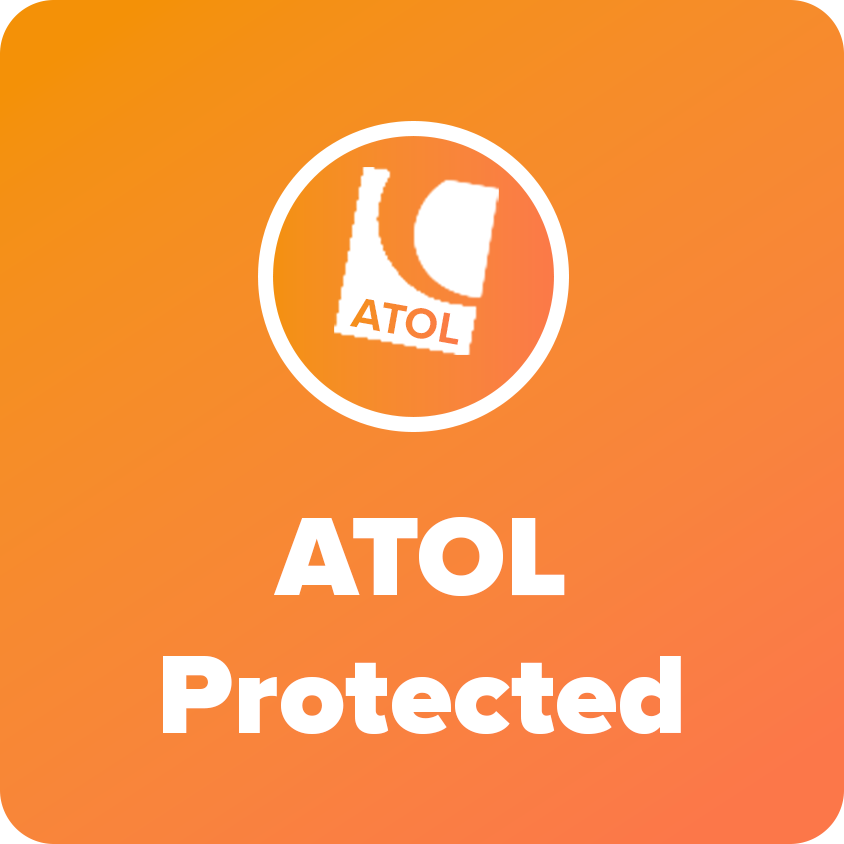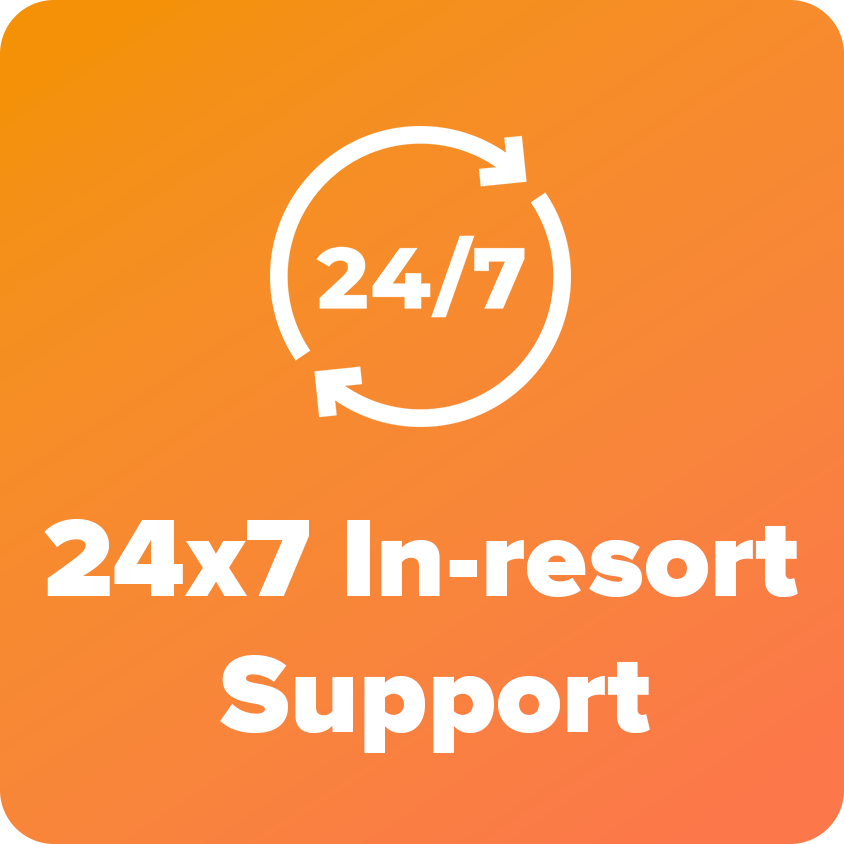Fuerteventura Holidays

Based on 26,000+ reviews on Trustpilot & 15,000+ reviews on Feefo








Fuerteventura is an island favourite with holidaymakers all year round, known for its amazing dunes, golden sandy beaches and out-of-this-world landscapes. It’s a favourite for all sorts of visitors; be it couples, families or solo travellers. Located to the south of Lanzarote, Fuerteventura is the second-largest island of the Canaries and was created over 20 million years ago through volcanic eruptions, evidence of which you can see today through its black sand beaches.
During your holidays in Fuerteventura, you will soon discover why it is considered a paradise for outdoor sports lovers. Why not surf off the beaches of Jandia or if you are interested in kitesurfing, head north to Corralejo. No matter where you are on the island, take a hike to experience this island's amazing trails and views too.
Another key reason why holidays in Fuerteventura are so popular is the weather. With year-round temperatures averaging at least 20 - 24 degrees – even higher in summer - it makes an ideal island destination during the off-season.
So book Fuerteventura holidays today and experience this fantastic island for yourself.
There is no shortage of things to see and experience when on a Fuerteventura escape.
The best time to plan holidays in Fuerteventura is between June and September, when you’ll enjoy the hottest temperatures, thanks to its subtropical climate. During these summer months temperatures soar to the mid-20s and beyond, with minimal rainfall and low humidity, and the sun shines for an average of 9 hours a day.
However, Fuerteventura is also very popular in the winter, as temperatures remain pleasantly warm, ranging from 18-20 degrees Celsius, making it an attractive destination year-round.
Caleta De Fuste | Corralejo | Costa Calma | Costa De Antigua | Playas De Jandia
Essential Information: When you go and what you'll need
(Avg. monthly °C)
Fuerteventura is easy to navigate with a range of transport readily available. The public buses are a cheap way for visitors to explore the island, most holiday makers tend to use taxis and hire cars as it offers extra flexibility during your stay. The islands are full of cycling and hiking trails for the adventurous and there are daily boat services to shuttle visitors between each island.
Hiring a car is cheap, easy and highly recommended. The island’s main roads are easy to navigate and well looked after, the smaller roads can be more of a challenge. Driving is on the left.
For more questions, see our FAQs
(Avg. monthly °C)
Fuerteventura is easy to navigate with a range of transport readily available. The public buses are a cheap way for visitors to explore the island, most holiday makers tend to use taxis and hire cars as it offers extra flexibility during your stay. The islands are full of cycling and hiking trails for the adventurous and there are daily boat services to shuttle visitors between each island.
Hiring a car is cheap, easy and highly recommended. The island’s main roads are easy to navigate and well looked after, the smaller roads can be more of a challenge. Driving is on the left.
For more questions, see our FAQs
(Avg. monthly °C)
(Avg. monthly mm)
Fuerteventura is easy to navigate with a range of transport readily available. The public buses are a cheap way for visitors to explore the island, most holiday makers tend to use taxis and hire cars as it offers extra flexibility during your stay. The islands are full of cycling and hiking trails for the adventurous and there are daily boat services to shuttle visitors between each island.
Hiring a car is cheap, easy and highly recommended. The island’s main roads are easy to navigate and well looked after, the smaller roads can be more of a challenge. Driving is on the left.
For more questions, see our FAQs

Below is a list of activities that you must take advantage of during your Fuerteventura holidays.

You can have a great time on any of the following beaches in Fuerteventura, plus loads we’ve not listed – there are so many choices!
40,000+ verified
customer reviews
We want all our customers to stay safe when abroad. For the latest travel advice from the Foreign, Commonwealth & Development Office click here. Further advice can be found on the Travel Aware page here. Please note the advice can change so check regularly for updates and before you travel.
teletextholidays.co.uk acts as an agent in respect of all bookings made by telephone. For all bookings, your contract will be with the applicable Service Provider of your chosen Travel Service (who may be the principal or the agent of the principal) and Teletext acts only as an agent on their behalf. Your holiday will be financially protected by the ATOL scheme and you will receive an ATOL certificate once your booking has been confirmed. Please see our booking conditions for information, or for more information about financial protection and the ATOL Certificate go to:www.caa.co.uk/atol-protection
*We are able to offer a price match if suppliers are the same.
*Limited Availability: Prices are updated regularly, call us for the latest live price.
Teletext Travel Ltd, company number 14855829. Address: 71-75 Shelton Street, Covent Garden, London, United Kingdom, WC2H 9JQ.
Copyright 2025 teletextholidays.co.uk | All rights reserved.